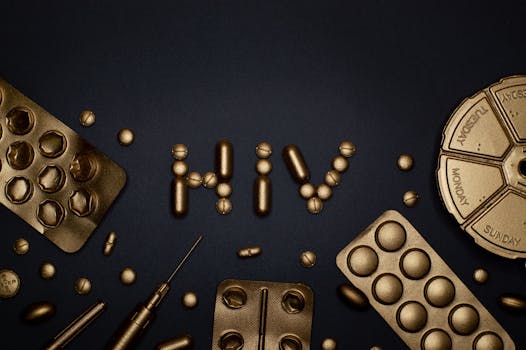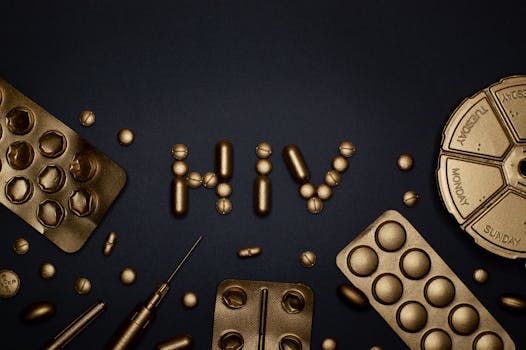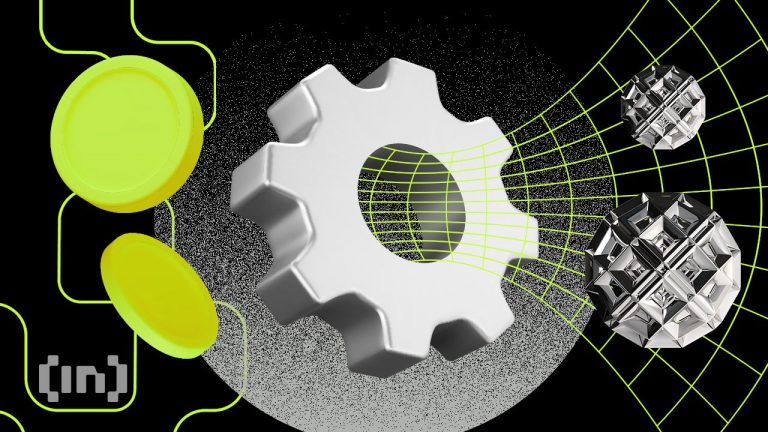
The Science Behind Vaccines and Public Health: Understanding the Importance of Vaccination
The science behind vaccines has been a topic of interest for many years, with the goal of understanding how vaccines work and their impact on public health. Vaccines have been a cornerstone of public health for centuries, saving countless lives and preventing the spread of infectious diseases. In this article, we will explore the science behind vaccines, their history, and their importance in maintaining public health.
What are Vaccines and How Do They Work?

Vaccines are substances that are introduced into the body to stimulate the immune system, providing protection against specific diseases. They work by introducing a harmless piece of a virus or bacteria, or a weakened form of the virus or bacteria, to the body. This triggers an immune response, where the body produces antibodies to fight the invader. When the body encounters the real virus or bacteria, it is able to recognize it and fight it off, preventing the disease from occurring.
History of Vaccines

The concept of vaccination has been around for centuries. The first vaccine was developed by Edward Jenner in 1796, who used cowpox to immunize against smallpox. Since then, vaccines have been developed for many diseases, including measles, mumps, rubella, polio, and influenza. The development of vaccines has been a significant factor in reducing the incidence of infectious diseases and improving public health.
Types of Vaccines

There are several types of vaccines, including inactivated vaccines, live attenuated vaccines, and subunit vaccines. Inactivated vaccines contain a killed version of the virus or bacteria, while live attenuated vaccines contain a weakened form of the virus or bacteria. Subunit vaccines contain only a piece of the virus or bacteria, rather than the entire microorganism.
Importance of Vaccination

Vaccination is one of the most effective ways to prevent the spread of infectious diseases. By vaccinating a large portion of the population, we can prevent the spread of diseases and protect those who are most vulnerable, such as young children and the elderly. Vaccination also helps to prevent the spread of diseases in communities, reducing the risk of outbreaks and epidemics.
Conclusion

In conclusion, the science behind vaccines is complex and fascinating. Vaccines have been a cornerstone of public health for centuries, saving countless lives and preventing the spread of infectious diseases. By understanding how vaccines work and their importance in maintaining public health, we can appreciate the significance of vaccination and the role it plays in protecting our communities. It is essential to continue to develop new vaccines and to educate the public about the importance of vaccination in maintaining public health.




